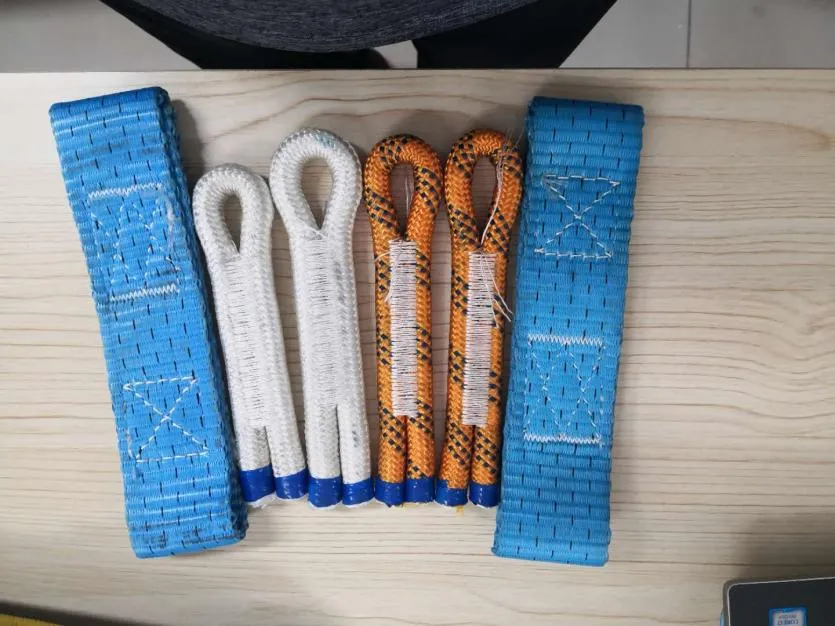blind stitch upholstery
The Art of Blind Stitch Upholstery A Seamless Solution for Upholstery Needs
In the world of upholstery, aesthetics and functionality go hand in hand. One of the most revered techniques that achieve both is the blind stitch upholstery. This method involves sewing fabric pieces together in such a way that the stitches are virtually invisible from the front side. For both professional upholsterers and DIY enthusiasts, mastering this technique can elevate the quality and appearance of any upholstery project.
Understanding Blind Stitching
Blind stitching is a hand-sewing technique where the goal is to create a seam that is not visible on the exterior of the fabric. This is particularly useful in upholstery for hems, linings, and attaching fabrics like cushion covers. By using a needle and thread, the stitch is taken in and out of the folded edge of the fabric, ensuring that only small bits of the top layer are caught. This creates a discreet finish that maintains the integrity and elegance of the upholstered piece.
The Benefits of Blind Stitch Upholstery
1. Aesthetics The most significant advantage of blind stitch upholstery is the clean, polished look it provides. Since the stitches are hidden, the surface of the fabric remains unblemished, contributing to the overall elegance of the finished product. This is particularly important in high-end furniture pieces where design plays a crucial role.
2. Durability Properly executed blind stitches can enhance the longevity of upholstery. By folding and securing the fabric in place, the risk of fraying edges is minimized, which is a common issue with visible stitches. This method also ensures that the seams are less prone to wear and tear over time, making it a practical choice for items subjected to regular use.
3. Versatility Blind stitching is an adaptable technique suitable for various fabrics, from heavy upholstery textiles to delicate materials. Whether working on a vintage armchair or a contemporary sofa, the versatility of this technique allows it to be applied across different projects and styles.
4. Easy Repairs In case of damage or wear, blind stitched seams can be relatively easy to fix. Since the original stitches are hidden, it is possible to make repairs without the need for an entire reupholstering job, saving both time and money.
blind stitch upholstery

How to Execute Blind Stitching
For those looking to try their hand at blind stitching, here’s a basic step-by-step guide
1. Preparation Begin by folding the hem of your fabric where you want the blind stitch to be. Press the fold to create a crisp line.
2. Threading the Needle Use a thread that closely matches your fabric color to ensure that the stitches remain inconspicuous.
3. Stitching Technique Start on the folded edge. Take a small bite of the fabric on the fold and pull the needle through. Then, catch a tiny bit of the main fabric without going through it entirely. This technique should be repeated at regular intervals along the hem.
4. Finishing Once you reach the end, tie off your thread securely, making sure the knot is hidden within the fabric folds.
Conclusion
Blind stitch upholstery is not just a technique; it’s an art form that enhances the beauty and durability of upholstered items. Whether you’re a professional or a hobbyist, embracing this method can lead to stunning results that boost the aesthetic appeal of furniture pieces. As with any skill, practice is key, and soon it will become a natural part of your upholstery repertoire, allowing you to create flawless, seamless finishes that impress and endure. Whether revitalizing a beloved chair or crafting a fresh piece, the art of blind stitch upholstery is sure to elevate your projects to new heights.
-
Boost Production Efficiency with a Pattern Sewing MachineNewsAug.29,2025
-
Industrial Excellence with the Best Heavy Duty Sewing MachineNewsAug.29,2025
-
Precision and Power with the Best Pattern Sewing MachineNewsAug.29,2025
-
Reliable Bulk Packaging Starts With the Right FIBC Sewing MachineNewsAug.29,2025
-
Advanced Packaging Solutions: Elevate Productivity with Jumbo Bag Sewing Machine and Industrial Stitching EquipmentNewsAug.29,2025
-
High-Performance Solutions for Bulk Packaging: FIBC Sewing Machine and MoreNewsAug.29,2025
-
Maximize Efficiency with an Industrial Cylinder Arm Sewing MachineNewsAug.28,2025


























